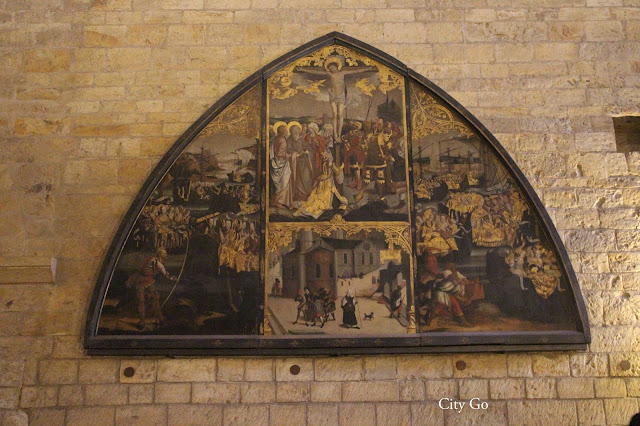Museé des égouts de Paris, France

The Paris sewer system dates back to 1370 when the first underground sewer was built under rue Montmartre. Since then the system has been enlarged to cover the city's population. The museum is dedicated to the history of the sewer system, from the days of Roman Lutéce to the present day, through a 500 metres underground path. Tours of the sewers system have been popular since the 19th century and visitors are able to walk upon raised walkways directly above the sewers. As for smell... not as bad as you would expect in a sewer. Opening hours: Sat-Wed 11 a.m. to 5 p.m. May to Sep; to 4 p.m. the rest of the year; closed for two weeks in January. Entrance fee: €4.40 How to go: Metro/ RER Alma Marceau/ Pont de l'Alma







